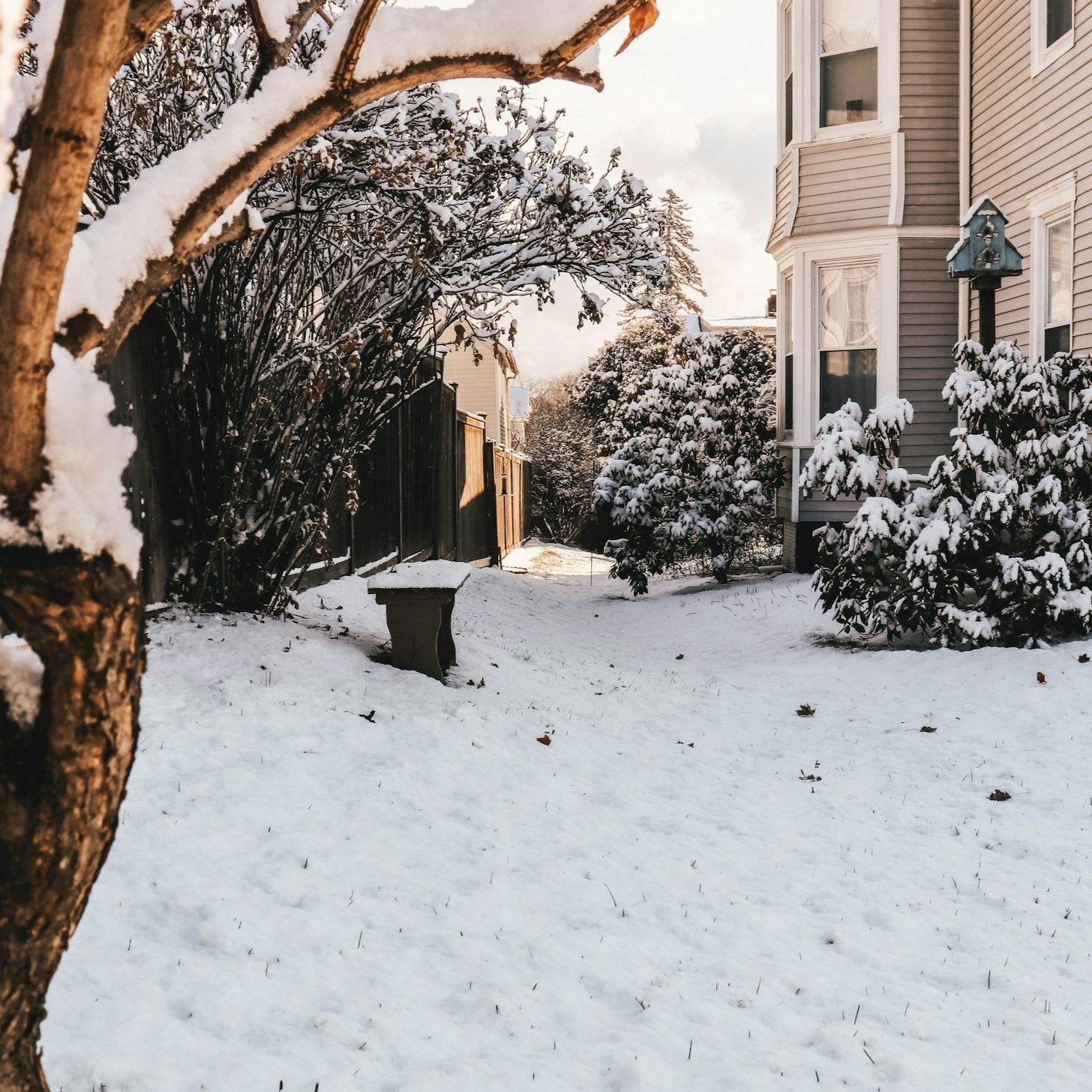Garage Door Problems Caused by Cold Winter Weather
Regular maintenance during the year can help prevent cold weather-related issues from developing.
Many home appliances may stop working correctly during winter when exposed to cold temperatures. A garage door is one such device. Remote-controlled garage door openers can experience sensor misalignment or doors that shift off track due to freezing conditions. When either occurs, the garage door may not close properly. Regular maintenance during the year can help prevent cold weather-related issues from developing.
The Right Garage Door Material for Cold Climates
For those living in regions with unpredictable weather, choosing the right garage door material can help avoid potential winter-related problems.
The Case for Steel Garage Doors
Steel is the most popular material for garage doors. It is reasonably priced, durable, low-maintenance, and available in a wide variety of styles. Steel can also be painted or textured to resemble wood.
Certain features should be considered when selecting a steel garage door to ensure it is suitable for winter. Steel is a poor insulator, but higher grades and thicker steel can provide better insulation, helping to protect the garage from extreme cold. Insulated steel doors, which offer superior energy efficiency, are also available.
Wooden Garage Doors: Are They Any Better?
The first garage doors were made of wood, which remains a favorite material for those who prefer a traditional aesthetic. Wood garage doors come in many styles, some of which include windows. While wood is a better insulator than steel, insulated steel doors may outperform wood in energy efficiency. It is worth noting that wooden doors require regular maintenance and refinishing to stay in top condition.
Winterizing a Garage Door
For homeowners with an existing garage door, winterizing it can help improve performance during colder months.
Adding Weather Stripping
Open the door to a convenient working height and secure it in place using locking pliers on the track or by propping it open with a 2-by-4.
Remove any old weather stripping. If it is nailed to the door, insert a flat pry bar between the strip and the door, then gently tap it with a hammer to loosen it. Avoid excessive force to prevent damage.
Cut a length of weather stripping that matches the door’s width and nail it in place. Open and close the door a few times to test the fit.
Close the garage door and measure the top and sides of the door frame for additional weather stripping. Bevel the side pieces at a 45-degree angle where they meet the top strip, then nail them in place. Open and close the door to confirm that the stripping does not interfere with its operation.
Adjusting Lubrication
Excess grease buildup and fluctuating metal expansion and contraction are common winter issues. Lubrication that works well in warmer months may thicken in cold temperatures, leading to operational difficulties. Applying a solvent can help thin out hardened grease, while a light coating of door oil will keep moving parts functional.
Proper Maintenance Is Key
One of the best ways to prevent potential problems is through routine maintenance. Choosing the right door and ensuring it has sufficient weather stripping and proper lubrication will go a long way to ensuring the garage door will continue functioning through the cold winter months.

